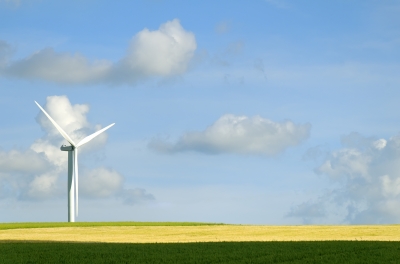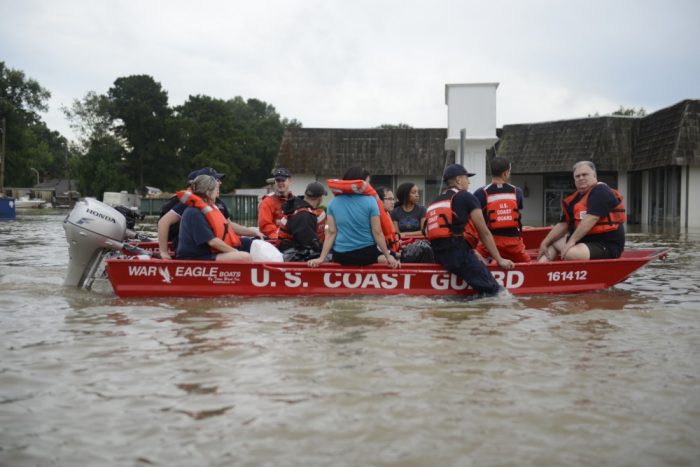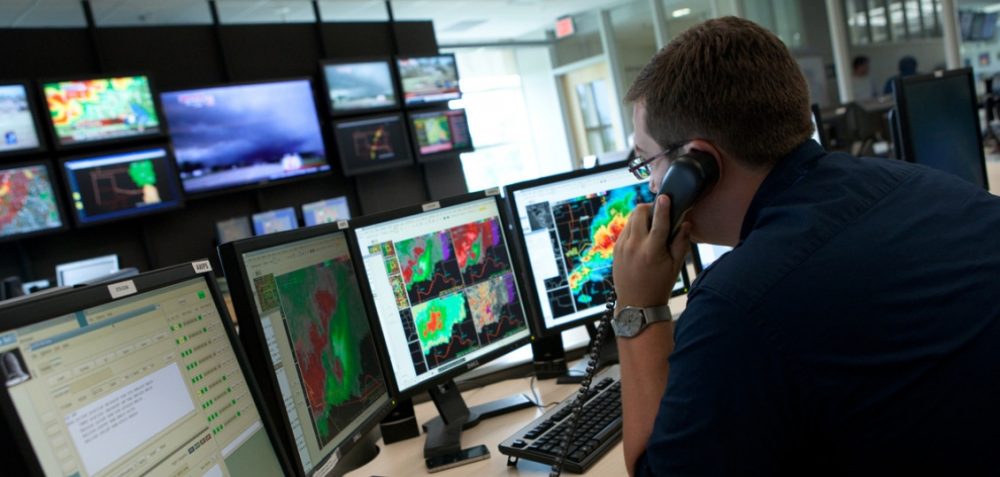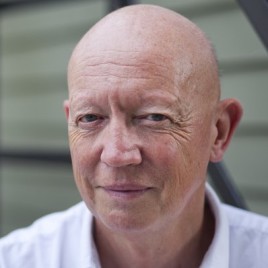What Climate Change Means for the United States
“The debate is settled. Climate change is a fact,” thus spoke the President during the State of the Union Address. He was focusing on energy policy and the causes of climate change, but we also need to look at the consequences and particularly the consequences for those individuals and communities likely to get slammed by […]

“The debate is settled. Climate change is a fact,” thus spoke the President during the State of the Union Address. He was focusing on energy policy and the causes of climate change, but we also need to look at the consequences and particularly the consequences for those individuals and communities likely to get slammed by the droughts, floods, severe cold and severe heat spells that climate change will generate in the USA. For sure, climate overall with change (maybe we will see wineries in Massachusetts soon!) but of more concern to us is the increasing number of extreme weather events we will see. New research, published at the end of last year shows that, regardless of what is causing climate change, if we carry on business as usual then by 2047 our climate will have change so much that we no longer recognize it. It will be outside of all our normal experience. If you are in your mid 30s now, you will not retire into the same world.
Here is the real challenge. We have evolved systems in this country for dealing with disasters. Levees around New Orleans, FEMA, flood insurance, tornado shelters, power utility backup systems. But, they all suffer from the same problem. They deal with what is normal and expected. When crises happen that are bigger, more frequent, in the wrong place, at the wrong time of year, that that which we planned for, we are devastated.
And we know that we are just not prepared to handle this chaotic world which will be well are truly with us in 30 years.
Take New Jersey as an example. It’s a rich place, with great infrastructure, but it does not expect to be smashed be hurricanes and storm surges, so when Sandy hit it was devastated. Eighty percent of homes had no flood insurance; 92% of small businesses had no insurance coverage; and building codes and coastal defenses were woefully inadequate.
Or look at Atlanta. Recently two inches of snow fell and the city grid to a halt. I live in Boston so we do snow in a big way each year, but that’s the point. For us it is normal, so we invest in the snow plows, warning systems, four-wheel drive cars and snow blowers needed to keep things going because we know what to expect.
 But the future will not be like that. We will not know what to expect. The lesson is that we can’t plan for the disasters coming out of climate change in the same way as we plan for disasters today. We can’t predicted anything like well enough their frequency, geography or knock-on consequences. And this is where the notion of resilience comes in. What if we started to craft out communities to absorb shocks and deliberately designed them to recover quickly from crisis, any crisis? That is basically what resilience means.
But the future will not be like that. We will not know what to expect. The lesson is that we can’t plan for the disasters coming out of climate change in the same way as we plan for disasters today. We can’t predicted anything like well enough their frequency, geography or knock-on consequences. And this is where the notion of resilience comes in. What if we started to craft out communities to absorb shocks and deliberately designed them to recover quickly from crisis, any crisis? That is basically what resilience means.
So how do we recognize resilient families, communities and countries?
There seem to be four key characteristics.
- First it requires a high level of diversity in terms of economic opportunities, voices listened to, ways of doing things – not putting all your eggs in one basket. Towns that are reliant on one industry or employer are not resilient; encouraging a mix of businesses and lifestyles is.
- Second, high levels of connectivity between people, institutions, organizations that allow information and ideas to flow freely make us more resilient. This also implies less hierarchical systems, and systems that are inclusive and socially coherent. This is a 21st century extension of American Town Hall democracy. The internet is a great example of a system that achieves resilience through high connectivity. Could we do the same for our health systems, our education systems and our business systems?
- Third, resilience systems need redundancy. They must have fallback options. The whole system will not collapse when one component breaks down. We use social welfare systems and insurance systems as out backups at present and then, as the backup of last resort, disaster response with FEMA, the National Guard and international, national and local NGOs. But we should also be thinking of backup systems at more local levels and at more national levels. Do you have a backup of water, food and energy in your house for when things fail? If you live in an apartment, how about buying a backup generator between the block residents? Outside of known hurricane and tornado areas, how many of our schools and public buildings, let along homes, have safe rooms built into them? At the national level, how are we re-engineering our national electricity grid so that next time something goes wrong in say Canada, we don’t see half of the eastern seaboard blacked out?
- Finally, our world is dynamic, not static. Resilient systems need to be adaptive. Faced with changing shocks and stress, resilient societies adapt, they are flexible, innovative, risk taking. They have lots of feedback systems to determine whether risk is working and to safeguard the takers of risk.
If we want our communities to have resilience we are looking to increase, diversity, socially inclusive connectivity, redundancy and adaptation. This implies a real change to how we think about the future. In our future, crises and disasters, the unexpected, is normal. Expect the unexpected! Trite I know, but true.
More like this

Responding to Louisiana Floods

